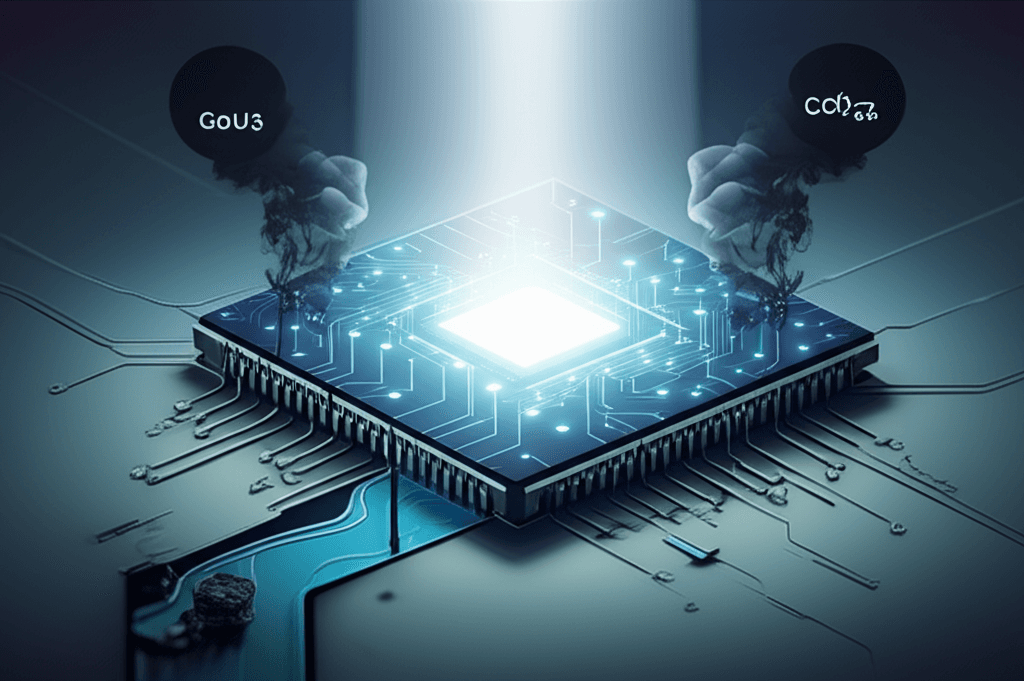Mistral AI Reveals LLM's Staggering Environmental Cost in Landmark Report
French AI firm exposes the massive hidden environmental costs of large language models, demanding transparency.
July 26, 2025

In a significant move towards transparency in the rapidly evolving field of artificial intelligence, French AI company Mistral AI has published the first comprehensive life cycle assessment (LCA) of a large language model.[1][2] The detailed report, a collaboration with sustainability consulting firm Carbone 4 and the French ecological transition agency (ADEME), meticulously documents the environmental footprint of its flagship model, Mistral Large 2, across its entire lifespan.[3][4] This groundbreaking study provides a rare and detailed look into the resource-intensive nature of creating and operating powerful AI systems, setting a potential precedent for an industry that has largely operated with opacity regarding its environmental costs.[5][6][7] By releasing this peer-reviewed data, Mistral AI is not only quantifying its own impact but is also challenging competitors and the industry at large to adopt similar standards of environmental accountability.[4][8]
The findings of the life cycle assessment reveal the substantial environmental resources required to power advanced AI. Over its initial 18 months of existence, the Mistral Large 2 model was responsible for generating approximately 20,400 metric tons of carbon dioxide equivalent (CO2e), a figure comparable to the annual emissions of 4,500 gasoline-powered cars.[1][5] The model's water consumption was equally striking, totaling 281,000 cubic meters, which is equivalent to filling 112 Olympic-sized swimming pools.[3][9][10] The analysis also quantified the depletion of material resources, measured at 660 kilograms of antimony equivalent, a standard unit used to assess the consumption of rare metals and minerals vital for manufacturing the necessary hardware.[1][8] The study followed a rigorous methodology, complying with international standards like the GHG Protocol and ISO 14040/44, and was peer-reviewed by independent environmental audit consultancies to ensure its robustness.[10][11]
A crucial insight from the report is the distribution of environmental impact across the model's life cycle. The analysis demonstrates that the operational phase, specifically the combined processes of model training and inference (the use of the model to generate responses), is by far the most resource-intensive stage.[6] This phase accounted for a staggering 85.5 percent of total greenhouse gas emissions and 91 percent of water consumption.[3][1] In contrast, factors like the manufacturing of servers and other hardware, while significant, played a smaller role. This pinpoints the immense computational power, and by extension, the electricity and water required for cooling data centers, as the primary driver of the environmental footprint.[3] The report breaks down the impact to a granular level, calculating that a single 400-token response from Mistral's "Le Chat" assistant results in 1.14 grams of CO2e and consumes 45 milliliters of water.[1][11] While these per-query figures may seem small, their cumulative effect when multiplied by millions or billions of daily user interactions becomes substantial.[5]
The publication of this assessment has significant implications for the AI industry, potentially heralding a new era of environmental transparency and accountability.[4] For a long time, the precise environmental cost of large language models has been a "black box," with reliable data being scarce, making it difficult for developers, policymakers, and users to make informed decisions.[6][12] Mistral AI's report provides a benchmark and a methodology that others in the industry could adopt, potentially leading to the creation of a standardized scoring system for comparing the environmental performance of different models.[3] The company has explicitly called for the industry to move towards common environmental reporting standards, similar to labeling found in other sectors that helps consumers make sustainable choices.[4] This move could shift the competitive landscape, encouraging AI developers to compete not just on model performance and efficiency, but also on sustainability.[4] Furthermore, the report highlights actionable strategies for mitigating environmental impact, such as choosing smaller, more specialized models for specific tasks, as the study found a strong correlation between a model's size and its environmental footprint.[3][8] It also emphasizes the importance of the geographic location of data centers, advocating for placing them in cooler climates with access to renewable energy sources to reduce carbon emissions and water usage.[3][9]
In conclusion, Mistral AI's comprehensive life cycle assessment of its Large 2 model marks a pivotal moment for the artificial intelligence industry. By voluntarily disclosing detailed metrics on its environmental impact, the company has shed light on the hidden costs of AI development and operation, confirming that these powerful tools are indeed hungry for energy and water.[3] The report not only quantifies the carbon emissions, water consumption, and material depletion associated with a leading large language model but also identifies the primary sources of this impact, focusing attention on the energy-intensive training and inference processes.[6] More importantly, this act of transparency serves as a direct challenge to other major AI labs and a call to action for the entire sector to establish standardized, transparent reporting on sustainability.[4][7] As AI becomes more deeply integrated into society, the data and precedent set by Mistral's report will be crucial for fostering a more sustainable approach to innovation, empowering users and developers to make choices that balance technological advancement with environmental responsibility.[7][4]
Sources
[4]
[6]
[8]
[9]
[10]